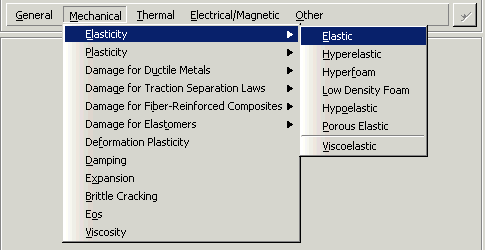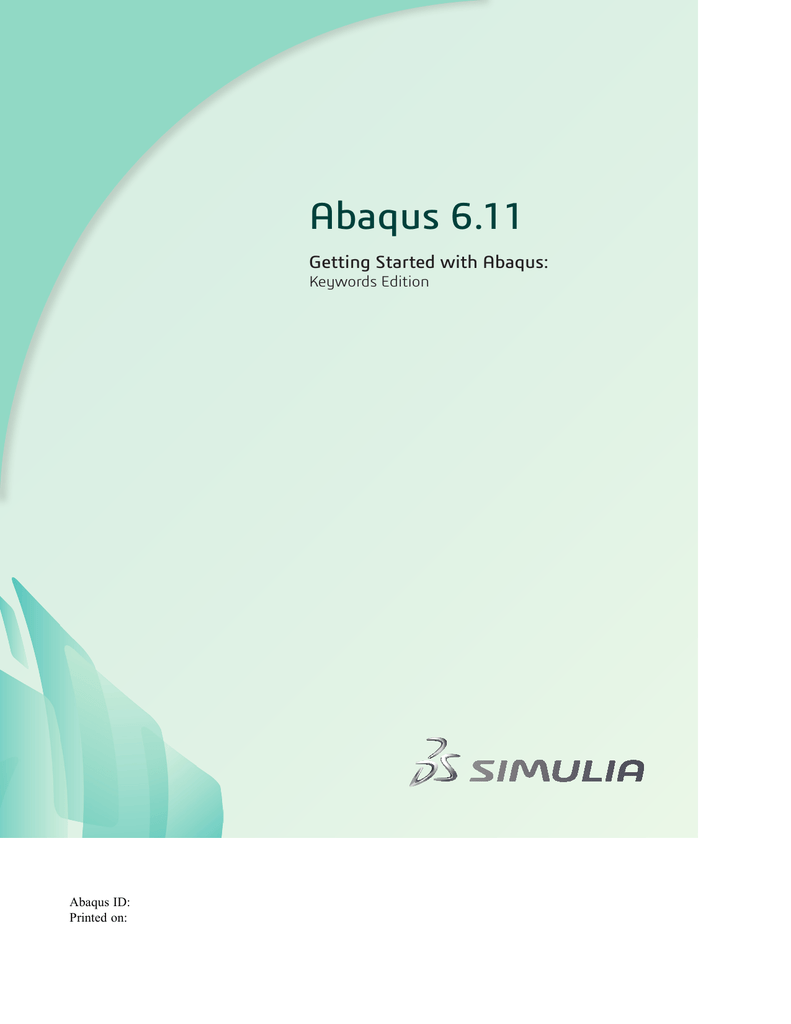


Figure 6.14 Permanent deformation in asphalt mix only using the creep model. The book offers an in-depth guide for students learning about Abaqus, as each problem and solution are complemented by examples and straightforward explanations. The finite element software, Abaqus, was used to simulate and evaluate. The troubleshooting advice ensures that these solutions are both high-quality and cost-effective according to practical experience. The methods and information provided facilitate job diagnostics and help to obtain converged solutions for finite-element models regarding structural component assemblies in static or dynamic analysis.
#OVERLAY DEFORMED BODY UNDEFORMED ABAQUS 6.14 SOFTWARE#
consideration of hardware and software issues and a Windows HPC cluster solution.



 0 kommentar(er)
0 kommentar(er)
